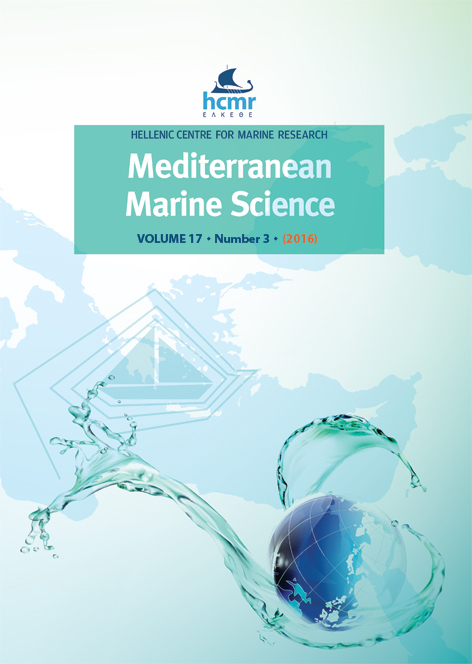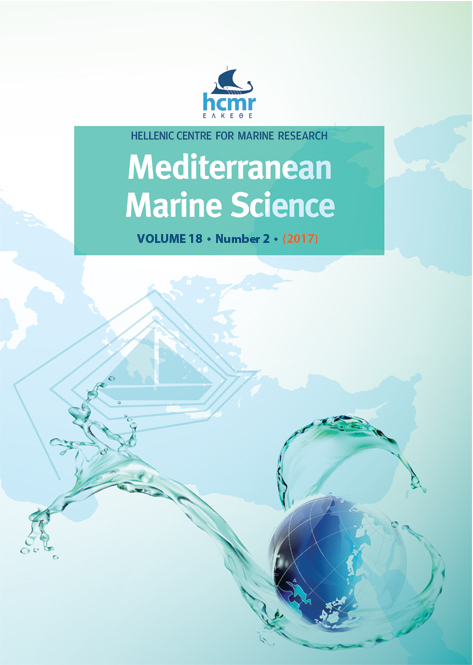Population Structure and Growth of the Threatened Pen Shell, Pinna rudis (Linnaeus, 1758) in a Western Mediterranean Marine Protected Area

Abstract
Coastal ecosystems are being extensively degraded by human activities. Benthic, slow-growing and long-lived species are highly vulnerable to these impacts. Marine protected areas might avoid biodiversity losses through habitat protection. The pen shell Pinna rudis is a protected species, but scarce data are available on its ecology and biology. The present study is a comprehensive ecological study encompassing several unknown aspects of the growth and inner record in relation to habitat types, density and size distribution. A total of 418 strip transects were conducted by scuba diving in the Marine Protected Area of Cabrera National Park (39.14° N, 2.96° E), during the summers of 2011, 2012 and 2013. Sampling was conducted across different habitats and depths exploring 152,146.35 m2 in total. Densities varied spatially within the park (from 0 to 6.89 ind./100 m2) corresponding to a wide range of sizes and ages. Most pen shells were patchily distributed and mainly concentrated in caves. Two hotspots with high densities represent the highest densities ever recorded worldwide, showing a possible link to high larval accumulation and settlement. The population size structure showed a unimodal distribution with shell width ranging from 6.2 to 25.0 cm, with an average shell width of 16.0 ± 3.4 cm. The absolute growth was asymptotic, with a maximum age and length of 28-31 years and 45 cm, respectively. This study on the biology and ecology of a well-established population of Pinna rudis in the Western Mediterranean could set a baseline for the conservation of this species in other areas.
Article Details
- How to Cite
-
NEBOT COLOMER, E., VÁZQUEZ-LUIS, M., GARCÍA-MARCH, J. R., & DEUDERO, S. (2016). Population Structure and Growth of the Threatened Pen Shell, Pinna rudis (Linnaeus, 1758) in a Western Mediterranean Marine Protected Area. Mediterranean Marine Science, 17(3), 785–793. https://doi.org/10.12681/mms.1597
- Issue
- Vol. 17 No. 3 (2016)
- Section
- Research Article
Authors who publish with this journal agree to the following terms:
- Authors retain copyright and grant the journal right of first publication with the work simultaneously licensed under a Creative Commons Attribution Non-Commercial License that allows others to share the work with an acknowledgement of the work's authorship and initial publication in this journal.
- Authors are able to enter into separate, additional contractual arrangements for the non-exclusive distribution of the journal's published version of the work (e.g. post it to an institutional repository or publish it in a book), with an acknowledgement of its initial publication in this journal.
- Authors are permitted and encouraged to post their work online (preferably in institutional repositories or on their website) prior to and during the submission process, as it can lead to productive exchanges, as well as earlier and greater citation of published work (See The Effect of Open Access).







